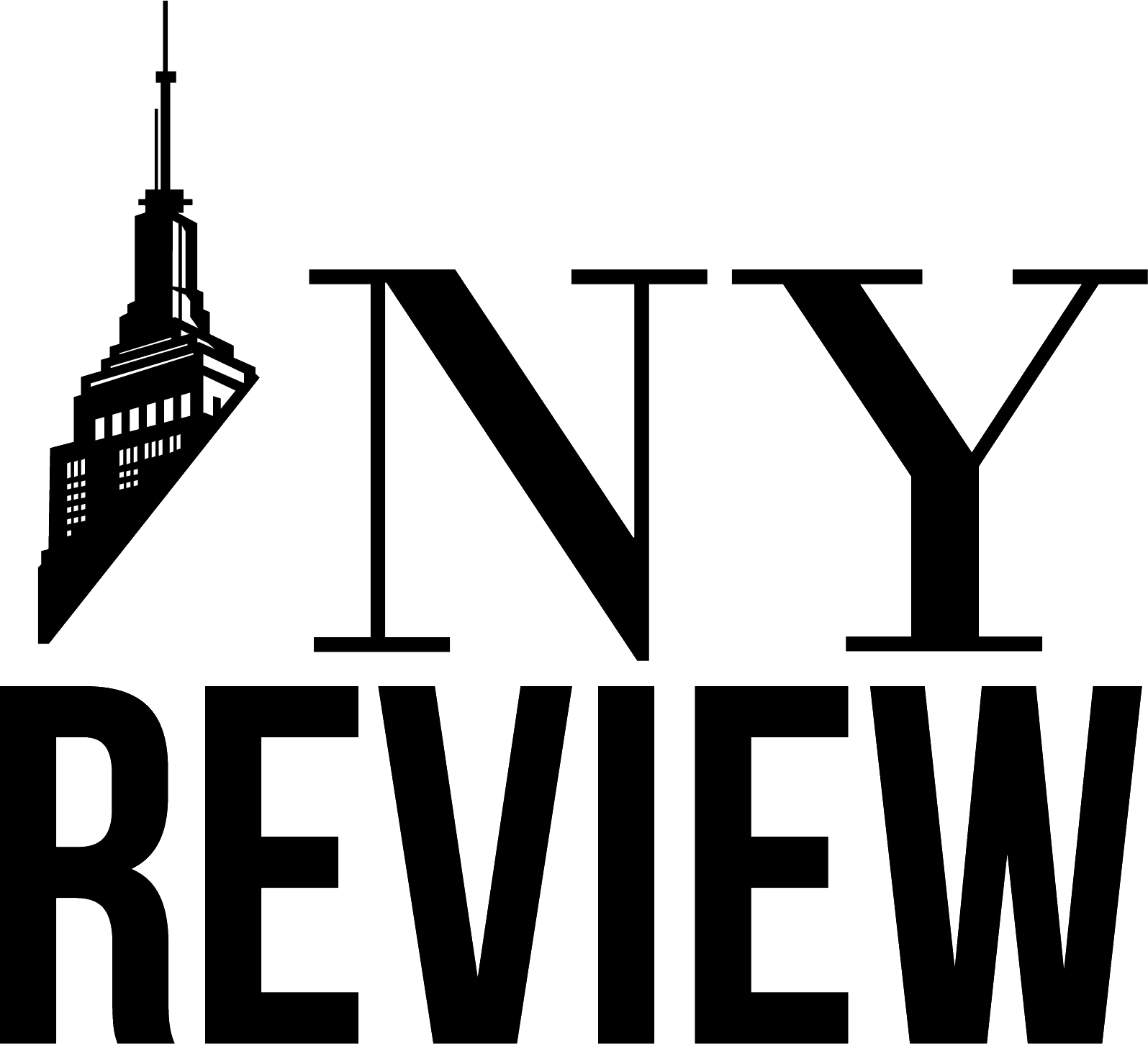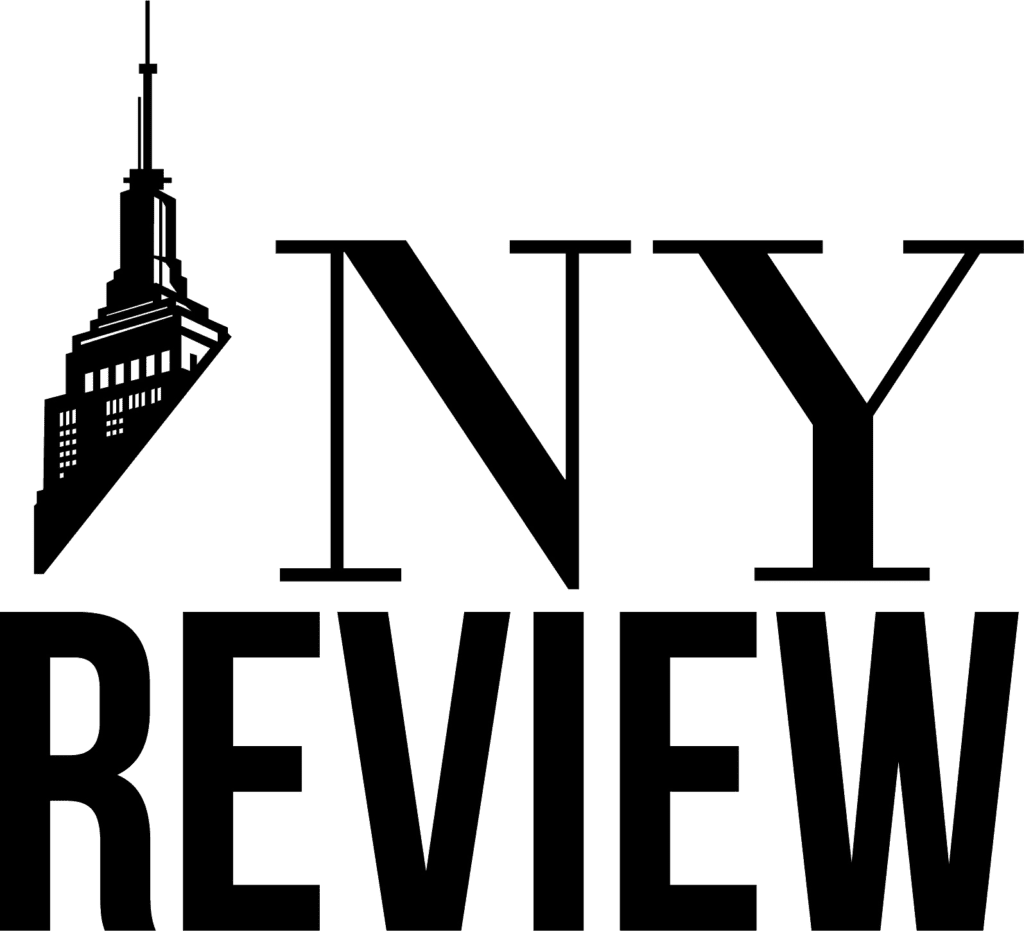The Federal Reserve has expressed ongoing concern about the persistence of high inflation in the U.S. economy, signaling the possibility of additional interest rate hikes to combat rising costs. Despite recent signs of easing inflationary pressures, the central bank remains committed to ensuring price stability and curbing inflation, which has been at its highest levels in decades.
In the wake of elevated inflation, which has affected consumer goods, housing, and energy prices, the Federal Reserve has already implemented a series of interest rate hikes over the past months in an effort to cool the economy. These measures have led to higher borrowing costs for consumers and businesses, with the aim of reducing demand and stabilizing prices. However, the Fed’s latest statements suggest that inflation is still not fully under control, and further increases in interest rates may be necessary to bring inflation down to more manageable levels.
Federal Reserve officials are concerned that while some economic indicators show a potential softening of inflation, such as falling commodity prices and moderating wage growth, inflation remains significantly above the central bank’s 2% target. The core inflation rate, which excludes volatile food and energy prices, has remained stubbornly high, and the Fed’s decision to tighten monetary policy further underscores the importance they place on taming inflation.
In contrast to the Federal Reserve’s cautious approach to inflation, President Joe Biden used the occasion of the one-year anniversary of his landmark climate, health, and tax legislation to emphasize the positive economic impacts of the bill. Biden’s administration has pointed to provisions in the law designed to lower prescription drug costs, promote clean energy, and reduce the deficit as key components of its strategy to alleviate some of the financial pressures on American families.
Despite these efforts, however, the economic situation remains challenging for many Americans, particularly in light of high costs for everyday goods and services. The Federal Reserve’s aggressive stance on inflation comes at a time when many households are grappling with the realities of a tight economy, with rising food prices and higher energy costs straining budgets.
The Federal Reserve’s ongoing actions to curb inflation come at a delicate moment for the U.S. economy. As policymakers navigate these complex economic conditions, the central bank faces the difficult task of balancing the need to bring down inflation without triggering a recession or causing significant harm to economic growth. The coming months will be crucial in determining whether the Federal Reserve’s strategy will succeed in taming inflation while maintaining overall economic stability.
The future of inflation, interest rates, and economic recovery will continue to unfold in the months ahead, as the Fed and the Biden administration take steps to manage the broader economic challenges facing the country. For now, inflation remains a central concern, and both federal policymakers and consumers will need to adjust to the evolving economic landscape.


